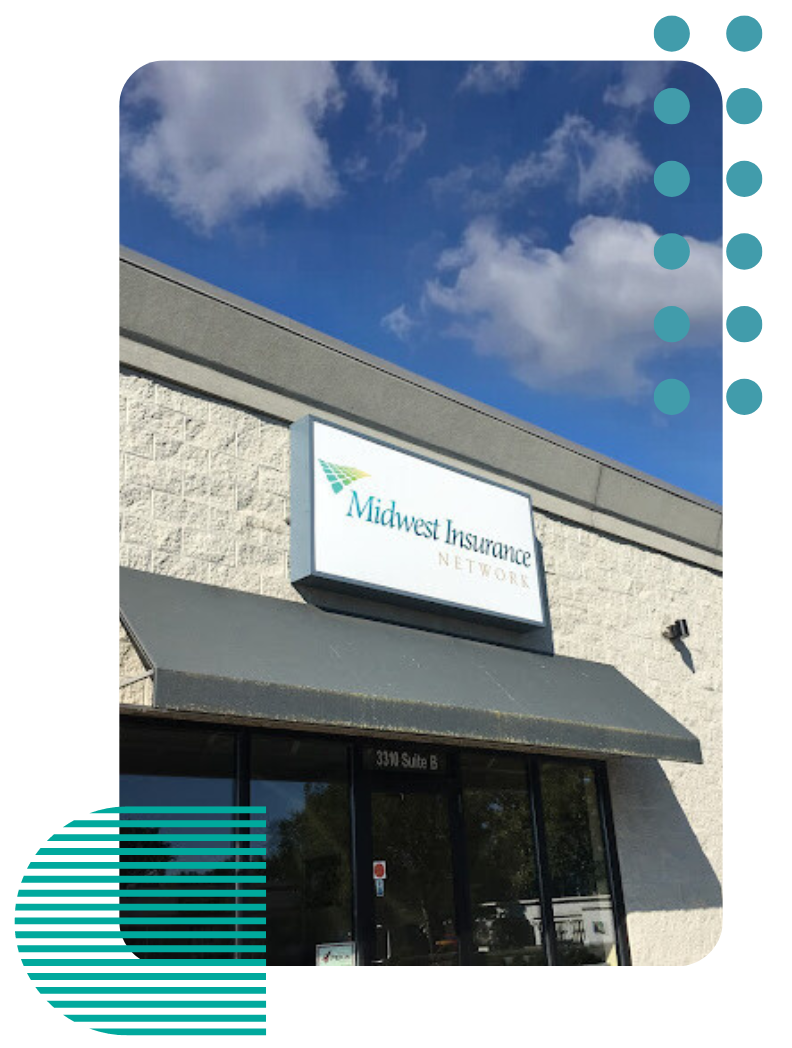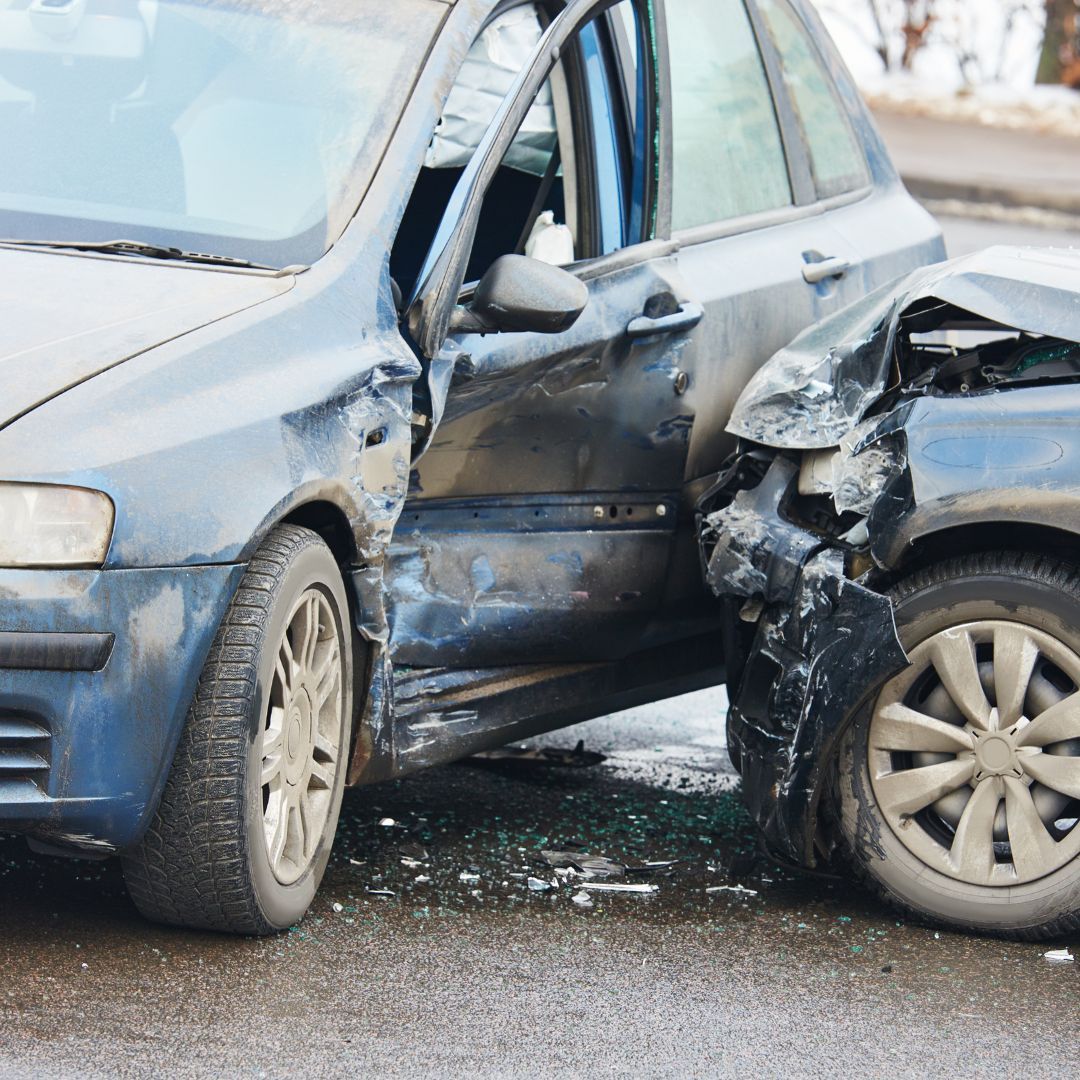Get in touch
419-720-5825
agency@midwest-insure.com
Why Did My Car Insurance Go Up in Ohio (2023)
See How We're Different
or call us: 419-720-5825
There could be several reasons why your car insurance rates have increased in Ohio in 2023. Understanding these factors can help you make informed decisions about your insurance coverage and potentially lower your premiums. In this article, we will explore the basics of car insurance, the various factors influencing insurance rates in Ohio, specific reasons for increased rates in 2023, and how you can respond to these changes effectively.
Understanding the Basics of Car Insurance
Before diving into the reasons behind rising car insurance rates, it is essential to grasp the fundamental concepts of car insurance. Car insurance serves as a financial safety net in case of accidents, damage, or theft. It is a legal requirement in Ohio and most states, mandating that drivers carry a minimum amount of liability coverage to protect themselves and other drivers in the event of an accident.
Car insurance policies typically consist of several key components:
The Role of Insurance in Vehicle Ownership
Car insurance not only provides coverage for accidents but also plays a crucial role in protecting your vehicle investment. In addition to liability coverage, comprehensive and collision coverage safeguard your own vehicle against damage caused by natural disasters, vandalism, or accidents. By understanding the various aspects of your insurance policy, you can make better decisions regarding coverage levels that suit your needs and budget.
Comprehensive coverage is particularly important as it protects your vehicle from non-collision-related damages. This means that if your car is damaged due to a hailstorm, fire, or even a falling tree, your insurance policy will cover the repair costs. It provides peace of mind knowing that you are financially protected against unexpected events that can damage your vehicle.
Collision coverage, on the other hand, covers the repair or replacement costs resulting from accidents with other vehicles or objects. Whether you collide with another car or hit a stationary object, such as a lamppost or a fence, your insurance policy will help cover the expenses. This coverage is especially valuable if you have a newer or more expensive vehicle, as repairs or replacements can be costly.
Key Components of Car Insurance Policies
Car insurance policies generally include liability coverage, which pays for damages to other parties if you are at fault in an accident. This coverage is crucial as it protects you from potentially devastating financial liabilities. If you cause an accident that results in property damage or bodily injury to others, your insurance policy will step in to cover the costs, including legal fees if necessary.
In addition to liability coverage, comprehensive and collision coverage, there are other components of car insurance policies that provide additional protection. Personal injury protection (PIP) coverage helps pay for medical expenses and lost wages for you and your passengers, regardless of who is at fault in an accident. This coverage is particularly important if you do not have health insurance or if your health insurance has limited coverage for auto accidents.
Uninsured/underinsured motorist coverage is another essential component of car insurance policies. It protects you if you are involved in an accident with a driver who does not have insurance or does not have enough insurance to cover the damages. In such cases, your insurance policy will cover your medical expenses and property damage, ensuring that you are not left with financial burdens caused by an uninsured or underinsured driver.
Medical payments coverage is similar to PIP coverage but is more limited in scope. It helps cover medical expenses resulting from an accident, regardless of fault. This coverage can be particularly valuable if you have high deductibles or co-pays on your health insurance, as it can help offset those costs.
Factors Influencing Car Insurance Rates in Ohio
Now that we understand the basics of car insurance, let's explore the specific factors that contribute to the rise in car insurance rates in Ohio. It's important to note that insurance rates can vary significantly depending on your individual circumstances and the insurance provider you choose. However, the following factors generally have a significant impact on your car insurance premiums:
Impact of State Regulations on Insurance Rates
Ohio's regulatory environment can influence insurance rates. Changes in state laws and regulations, such as minimum coverage requirements, can affect premiums. It is crucial to stay informed about any legal changes that may affect your insurance rates and coverage options in Ohio.
For example, in recent years, Ohio has implemented stricter regulations on distracted driving. This means that if you are caught using your phone while driving, you may face higher insurance premiums. The state has also increased the minimum liability coverage requirements, which can result in higher insurance costs for drivers.
Furthermore, Ohio has specific regulations regarding uninsured and underinsured motorist coverage. If you choose to opt-out of these coverages, it can impact your insurance rates. It's important to understand the implications of state regulations on your car insurance premiums and make informed decisions.
The Effect of Local Crime Rates on Insurance Costs
The crime rate in your area can also impact your car insurance rates. Higher rates of theft, vandalism, or fraudulent claims in your location can lead to increased premiums since insurers consider these factors when assessing the level of risk associated with covering your vehicle.
For instance, if you live in a neighborhood with a high car theft rate, insurance companies may view your vehicle as more susceptible to theft and, therefore, charge higher premiums. Similarly, if your area has a high incidence of vandalism, insurers may consider the likelihood of your car being damaged and adjust your rates accordingly.
It's worth noting that insurance companies use statistical data to assess the risk associated with different areas. Therefore, even if you personally have a clean driving record, you may still face higher rates if you live in an area with a higher crime rate.
How Traffic Conditions and Accidents Influence Insurance Rates
Traffic conditions and accident rates in your area can affect insurance premiums as well. If your area has a higher incidence of accidents or traffic violations, insurance providers may view you as a higher-risk driver, resulting in increased premiums. Being a safe and responsible driver can help mitigate this risk and potentially lower your rates.
Ohio is known for its diverse weather conditions, which can contribute to challenging driving conditions. Harsh winters with snow and ice can increase the likelihood of accidents, and insurance companies take this into account when determining premiums. Additionally, areas with heavy traffic congestion, such as major cities like Columbus or Cleveland, may have higher accident rates, leading to higher insurance costs for drivers in those areas.
It's important to note that insurance companies consider your individual driving record when assessing your risk level. If you have a history of traffic violations or accidents, you may face higher premiums regardless of the traffic conditions in your area. On the other hand, maintaining a clean driving record and taking defensive driving courses can help demonstrate your commitment to safe driving and potentially lead to lower insurance rates.
Understanding the various factors that influence car insurance rates in Ohio is essential for every driver. By staying informed about state regulations, local crime rates, and traffic conditions, you can make informed decisions when selecting an insurance provider and take steps to potentially lower your premiums. Remember, being a safe and responsible driver not only helps protect yourself and others on the road but can also contribute to more affordable car insurance rates.
Specific Reasons for Increased Car Insurance in 2023
Changes in Ohio's Insurance Laws in 2023
In 2023, Ohio implemented certain changes to its insurance laws that may have contributed to the increase in car insurance rates. These changes could include adjustments to minimum coverage requirements, updates in regulations, or modifications to the claims process.
For example, one significant change in Ohio's insurance laws in 2023 was the introduction of stricter minimum coverage requirements. The state government recognized the need for increased protection for drivers and mandated higher liability limits. This change aimed to ensure that individuals involved in accidents had adequate financial resources to cover potential damages and medical expenses. While this change was beneficial for accident victims, it also led to higher insurance premiums for policyholders.
Additionally, Ohio's insurance laws underwent updates in regulations to address emerging issues in the industry. These updates aimed to improve consumer protection, enhance transparency in insurance policies, and streamline the claims process. However, implementing these changes required insurance companies to invest in new technologies and systems, which ultimately led to increased operational costs. To cover these expenses, insurers adjusted their rates, resulting in higher car insurance premiums for Ohio residents.
Economic Factors Contributing to Insurance Rate Hikes
Economic factors also play a significant role in determining insurance rates. Inflation, rising healthcare costs, and increasing vehicle repair expenses can contribute to higher premiums. Insurance companies must adjust their rates to account for these rising costs to maintain their financial stability and ability to pay out claims.
With the constant rise in healthcare costs, insurers have to consider the potential medical expenses associated with car accidents. The cost of medical treatments, hospital stays, and rehabilitation services has been steadily increasing, and insurance companies must factor in these expenses when determining premiums. Additionally, the rising cost of vehicle repairs, driven by advanced technologies and specialized parts, has also contributed to the increase in car insurance rates. Insurers need to ensure they have sufficient funds to cover these repair costs, leading to higher premiums for policyholders.
Furthermore, inflation affects various aspects of the economy, including the cost of living, wages, and goods and services. As the cost of living increases, insurance companies need to adjust their rates to keep up with the rising expenses. This inflationary pressure impacts car insurance premiums, as insurers need to account for the increased financial risks associated with accidents and claims.
The Role of Climate Change and Weather-Related Incidents
The impact of climate change and weather-related incidents on insurance rates cannot be overlooked. Extreme weather events, such as floods, hurricanes, or wildfires, can result in significant losses for insurers. To offset these losses, insurance companies may increase premiums for policyholders, including car insurance holders.
Climate change has led to an increase in the frequency and severity of extreme weather events. These events pose a higher risk for insurers, as they often result in extensive property damage and increased claims. For example, a surge in hurricanes and flooding can lead to a rise in car accidents and vehicle damage. To compensate for the potential losses caused by these weather-related incidents, insurance companies adjust their rates accordingly.
Moreover, the increased occurrence of wildfires in certain regions has also impacted car insurance rates. Wildfires can cause significant damage to vehicles, and insurers need to account for this risk when determining premiums. The higher probability of vehicle loss or damage due to wildfires has led to an increase in car insurance rates in affected areas.
How to Respond to Increased Car Insurance Rates
Tips for Negotiating with Your Insurance Provider
If your car insurance rates have increased, consider negotiating with your insurance provider. Research and compare quotes from other insurers to find competitive rates, and use this information as leverage during negotiations. Highlight any safe driving records, completion of defensive driving courses, or loyalty discounts that may warrant a rate reduction.
Switching Insurance Providers: Pros and Cons
Switching insurance providers is another option worth considering. By exploring different insurance companies, you may find better rates or coverage options that suit your needs. However, factor in your current insurance plan's benefits, such as accident forgiveness or bundle discounts, before making a decision.
Preventive Measures to Keep Your Insurance Rates Low
Lastly, taking preventive measures to maintain a clean driving record can help keep your insurance rates low. Avoid traffic violations, practice defensive driving techniques, and consider installing safety features in your vehicle. Additionally, bundling your car insurance with other policies, such as home insurance, can often lead to discounted rates.
By understanding the factors influencing car insurance rates, the specific reasons for increased rates in 2023, and how to respond effectively, you can navigate the landscape of auto insurance in Ohio with confidence. As always, regularly reviewing your insurance coverage and seeking professional advice can help you make informed decisions about your policy and potentially lower your premiums.
Recent Posts
Midwest Insurance Network is an independent insurance agency offering a one-on-one service for all our insurance clients. We help you navigate the sea of policy options and clarify any questions or concerns you may have along the way.
Quick Links
Services
All Rights Reserved | Midwest Insurance Network.













